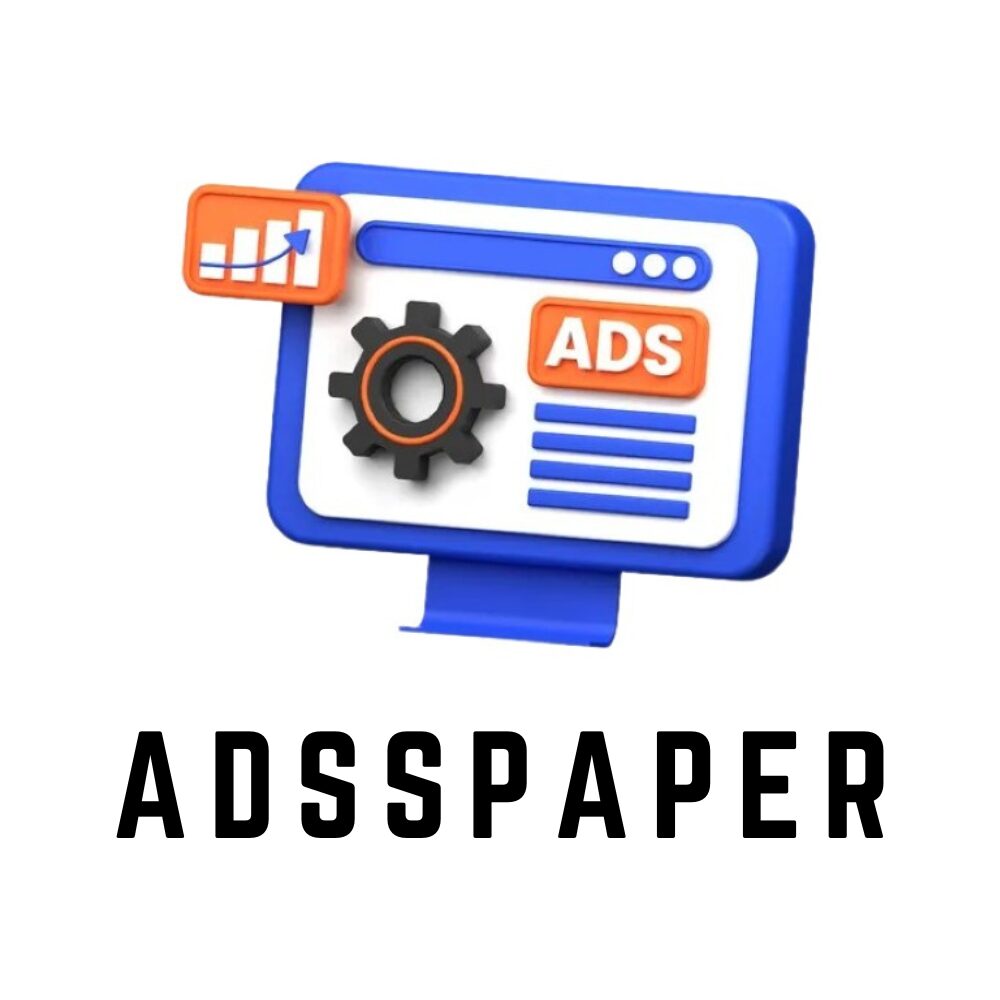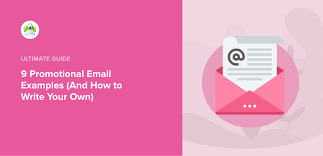Email marketing has been the backbone of digital marketing campaigns over the past decade. There are currently 4 billion email users worldwide, and over 300 billion emails sent and received each day. Email marketing allows businesses to connect with their customers and target audience in a more personal and direct way, resulting in higher engagement. However, standing out in a crowded inbox can be a challenge, and crafting engaging and effective email content is crucial for success. In this article, we will discuss best practices for creating email content that engages and converts your target audience.
Know Your Target Audience
The first step in creating engaging email content is knowing your target audience. Understanding your audience’s pain points, needs, preferences, and interests is crucial for crafting messaging that resonates with them. Knowing your audience also allows you to segment your email list into different groups and personalize your email content, resulting in higher engagement and conversions.
Personalization is Key
Personalization is more than just adding the recipient’s name to the email. It means creating email content that speaks directly to the recipient, based on their past interactions with your brand. Personalized emails have a higher open and click-through rate than generic emails. Some of the ways to personalize email content include segmenting your email list based on demographics, past purchases, location, and interests. You can also use dynamic content that changes based on specific user data.
Create Attention-Grabbing Subject Lines
The subject line is the first thing that a recipient sees when they receive your email. A subject line that is boring, generic, or overly promotional is likely to be ignored, or worse, sent straight to the spam folder. A great subject line should be attention-grabbing, concise, and clearly communicate the value proposition of your email. It should be personalized and relevant to the recipient.
Use HTML Headings and Subheadings
HTML headings and subheadings allow you to format your email content, making it easier to scan and read. Using headings and subheadings also makes your email more accessible to users with disabilities who rely on screen reading tools. Consider using H1, H2, H3, and H4 headings to organize your content and create a clear hierarchy.
Keep it Short and Sweet
Your email content should be concise and to the point. Long, wordy emails are likely to be skimmed or ignored altogether. Consider using bullet points and short paragraphs to break up your email content, making it easier to read and understand. Avoid using industry jargon or complex language that may confuse your audience.
Use Visuals to Enhance Your Message
Visuals such as images, videos, and infographics can enhance your message and make your email more engaging. Visuals are processed faster than text by the human brain, making them an effective way to communicate complex information. However, it’s essential to optimize your images for email, so they don’t slow down your email’s load time.
Include a Clear Call-to-Action
A call-to-action (CTA) is an instruction that prompts the recipient to take action. Your CTA should be clear, concise, and easy to understand. It should also be relevant to the email’s content and align with your campaign’s goals. Place your CTA above the fold, so it’s visible without scrolling. Consider using contrasting colors or bold text to make your CTA stand out.
Test and Optimize Your Email Content
Once you’ve created your email content, it’s essential to test and optimize it for maximum engagement and conversion. A/B testing allows you to compare two different versions of your email content and determine which one performs better. Some of the elements you can test include subject lines, CTA text, email length, images, and personalization. Use the data from your tests to optimize your email content continually.
Conclusion
Creating engaging and effective email content can be a challenging task, but it’s essential to the success of your email marketing campaigns. By following these best practices, you can craft email content that resonates with your target audience, drives engagement, and converts leads into customers. Remember to personalize your content, create attention-grabbing subject lines, use headings and subheadings, keep your message concise, use visuals, include a clear CTA, and test and optimize your email content continually.
FAQs
The frequency of your marketing emails depends on your business, industry, and target audience. However, it’s essential to find the right balance between sending enough email to stay top of mind, and not overwhelming your audience.
o avoid getting marked as spam, ensure that your email content is relevant, valuable, and personalized. Also, avoid using spam trigger words, such as “free,” “urgent,” “act now,” and “limited time.”
Dynamic content in email marketing refers to content that changes based on recipient behavior or preferences. For example, you can use dynamic content to show different products to different customers based on their past purchases.
No, purchasing an email list is not recommended. Not only is it illegal in some countries, but it’s also likely to result in low engagement and high bounce rates.
You can measure the success of your email marketing campaigns using metrics such as open rate, click-through rate, conversion rate, and revenue generated. Use these metrics to optimize your email content continually.


